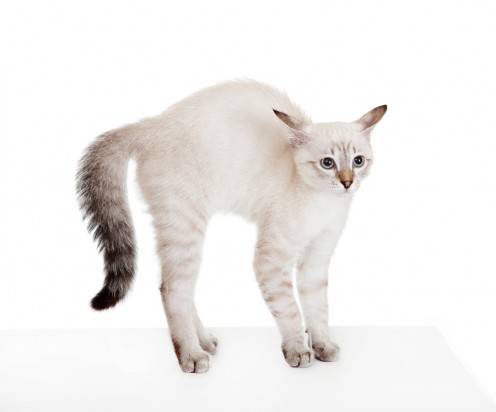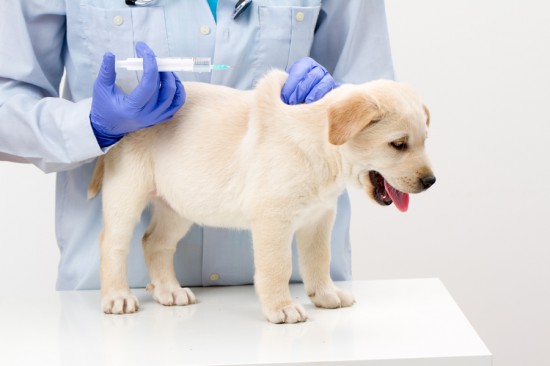

As any feline enthusiast will tell you, cats have complex personalities and temperaments. Some will greet anyone with gusto, while others will remain aloof until their trust is earned; some cats are as expressive and responsive as dogs while others are stoic with all but their favourite humans. Understanding your cat's body language and vocalisation can help you bond with your cat, as well as determine the cause of undesirable behaviours or disease. This article will outline how to understand what your cat is trying to tell you and help you become a better cat owner.
Signs your cat is content:
Most people are aware that cats purr and knead their paws when they are happy or soliciting food, but both signals can also indicate extreme pain. Cats sometimes purr when showing symptoms of serious disease or when they are approaching death.
Signs your cat is afraid:
If your cat appears to be scared, it is best to back off and leave him alone. In situations where it is absolutely essential that you approach him, such as for a trip to the vet or if he has escaped into unfamiliar territory, move carefully and purposefully. Avoid direct eye contact and be especially cautious picking him up. Putting a towel or blanket over his head may help you to securely lift him, but remember that if your first attempt fails you will have more difficulty trying to approach him again. If at all possible, try to coax him to come to you.
Signs your cat is in pain:
As with most animals, a cat's natural instinct is to avoid showing outward signs of discomfort or vulnerability. Therefore, it can be difficult to ascertain whether your cat is showing true signs of pain. Suffering may cause behavioural changes such as irritability or lethargy, so it is important you see your vet if your cat no longer "seems himself".
There are some behaviours which may indicate that you have a serious emergency on your hands. Look out for:
Because feline temperaments vary so much, it is up to you as the owner to recognise when something is amiss with your cat. Knowing your cat well can make a significant difference in terms of catching or preventing problems early.
As you get to know your cat, you may discover that some signals can be interpreted in more than one way - a fact that is especially true if your cat is behaving abnormally. For instance, inappropriate elimination can be a sign that your cat is experiencing bladder problems, but it may also be a consequence of territorial disturbance. Male cats are known to spray their territory especially if they have not been neutered. Before you take your cat to the vet, try to take note of his body language: how is he postured when carrying out the troublesome act? What other unusual signals does he project? Answers to these questions may provide invaluable clues as to whether your cat's problem is behavioural or medical, as well as expedite the process of finding a solution.
 The Importance Of Vaccinating Your Dog
The Importance Of
The Importance Of Vaccinating Your Dog
The Importance Of
 Introducing Children To Puppies
Introducing Child
Introducing Children To Puppies
Introducing Child
 Bed bug killer spray, an inexpensive way of killing bed bugs
Bed bug killer spray, an inexpensive way of killing bed bu
Bed bug killer spray, an inexpensive way of killing bed bugs
Bed bug killer spray, an inexpensive way of killing bed bu
 Dealing With A Snappy Puppy
Dealing With A Sn
Dealing With A Snappy Puppy
Dealing With A Sn
 Puppy Development - When Does A Puppy Become An Adult Dog?
Puppy Development
Puppy Development - When Does A Puppy Become An Adult Dog?
Puppy Development
Copyright © 2005-2016 Pet Information All Rights Reserved
Contact us: www162date@outlook.com